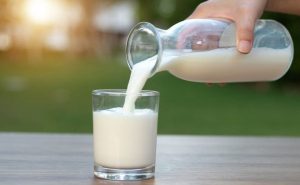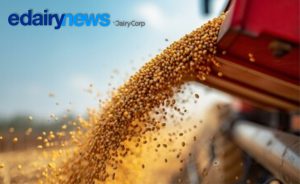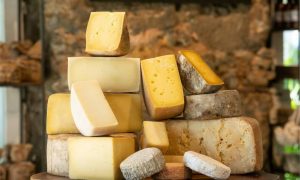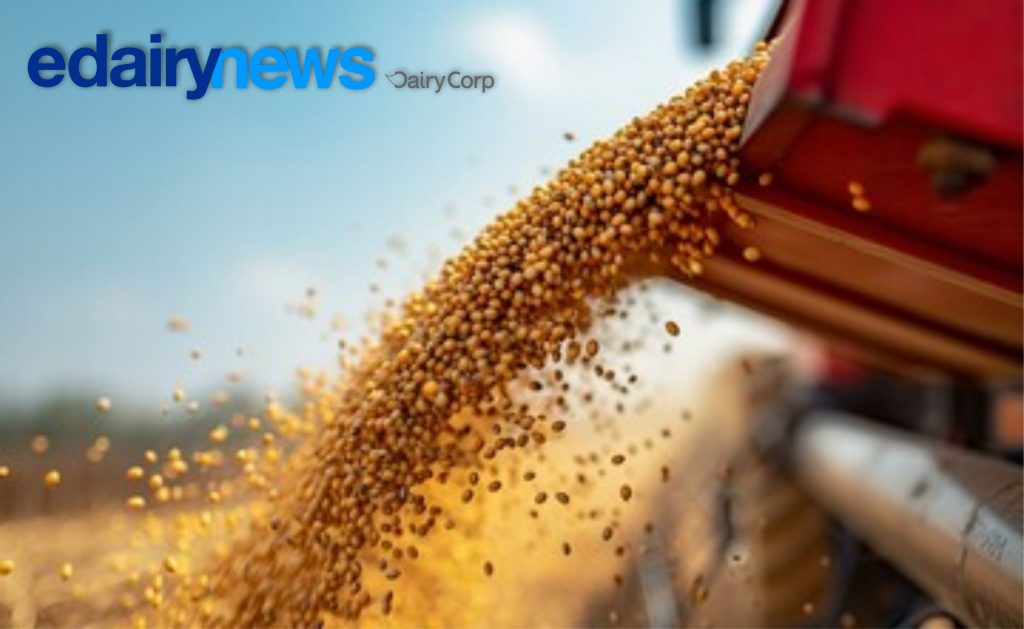In its Q3 Global Dairy Quarterly – A delicate rebalancing, agribusiness banking specialist Rabobank forecasts national milk production to expand by 2.8 per cent in 2020/21, bringing it back above nine billion litres for the first time since the 2017/18 season.
The report says with rainfall expected to be above average across Australia’s main “dairy belts” from September through November, the sector is on track for a strong ‘spring flush’, the time of the season when milk production typically surges, peaking in October.
Rabobank senior dairy analyst Michael Harvey says this follows a turnaround in production conditions seen half way through the 2019/20 Australian dairy season, which finished at the end of June.
“While national milk production for 2019/20 finished overall marginally down on the previous year at 8.775 million litres, it was a tale of two halves for the season,” he said.
“Production was negatively impacted by poor seasonal conditions in the first half of the 2019/20 season, but timely rainfall across key regions since summer has seen the milk pool begin to recover from December last year.”
The report says this growth was led by Tasmania and eastern Victoria, while irrigated dairy farming operations in the southern Murray Darling Basin – the region which contributed to the biggest milk production declines in recent years – were now “enjoying better water market conditions”.
For the month of June 2020, Mr Harvey said, Australian milk production was already 4.1 per cent higher than the previous June (2019).
Welcome news
The ongoing recovery in milk supply will be welcome news for the Australian dairy supply chain, the report said.
“Australia’s exportable surplus will continue to recover with milk supply growth,” Mr Harvey said. “Not only will more milk in the system help alleviate some overhead cost pressures for dairy processors, it will also allow dairy exporters to explore growth opportunities.”
In other positives, the report said, Australian dairy farm operators continue to enjoy lower feed costs and elevated cull cow prices.
Rabobank’s farmgate milk price forecast remains broadly in line with the previous (Q2) report – at AUD 6.30/kgMS for the 2020/21 season.
This will see the Australian dairy sector set for a profitable season, Mr Harvey said.
New normal
Australia’s domestic dairy market continues to find a ‘new normal’, following the impacts of COVID-19, the report said.
“Retail sales of dairy products continue to grow above long-term trends, according to the latest data,” Mr Harvey said.
“That said, sales growth is moderating as ‘pantry loading’ (triggered by the coronavirus lockdowns) recedes. And out-of-home consumption of dairy – while in recovery mode – remains well below levels seen a year ago, with ongoing lockdowns in Victoria, capacity restrictions in venues and cautious consumers limiting foot traffic in major cities.”
In overseas markets, for the 2019/20 season, Australia’s dairy export volumes had finished 7.1 per cent down year-on-year, the report said.
Mr Harvey said this was not surprising, given the backdrop of tight milk supply seen in Australia, primarily due to recent years of dry weather.
Large falls were recorded in export shipments of skim milk powder (down 29 per cent) and butter (down 44 per cent) for the year.
“Exports of liquid milk and fresh cheese were the leading lights, however – both growing four per cent for the year,” he said.
Global outlook
Globally, a “delicate rebalancing of supply and demand is on the horizon”, the Rabobank report said, with milk production growth among the global ‘big seven’ dairy exporters to collide with a “recalibration” of retail, food service and export dairy demand.
Milk production growth across the major “export engines” began in Q2 2020 and is forecast to continue expanding into 2021 – a feat not matched since 2018, it said.
“Despite the disruptions COVID-19 brought to the global dairy markets, farmgate milk prices have been resilient,” the report said, and Rabobank forecasts a 1.3 per cent year-on-year increase in production across the ‘big seven’ dairy export regions – the EU, US, New Zealand, Australia, Brazil, Argentina and Uruguay – in Q4 2020. This is expected to be followed by a one per cent increase in the first half of 2021 and 0.8 per cent growth in the second half of next year.
The report said dairy commodity prices had rallied in quarter two of this year, “largely on the back of government support in the form of government purchases, inventory management and fiscal stimulus for consumers”.
“The outlook for government support is less certain in Q4 and into 2021, elevating the risk of downward price pressure,” it said.
Meanwhile, globally, sequential improvements have been observed in dairy consumption from the food service sector as more regions have come out of lockdown, while retail dairy sales (for at-home consumption) are showing early signs of slowing.
“It will take time for food service demand (for dairy) to return to pre-COVID-19 levels, even for countries that have been well ahead of the curve,” the report noted.
With milk production forecast to grow over the next 12 months – and consumption to take time to recover – Rabobank expects global dairy market fundamentals to remain weak into the second quarter of 2021, at which point the level of exportable surplus on the market is predicted to retreat in the second half of next year as domestic consumption improves.
“By mid-2021, the delicate balance in the global dairy market could tip,” Mr Harvey said, “and the market balance tighten.”
Rabobank Australia & New Zealand is a part of the global Rabobank Group, the world’s leading specialist in food and agribusiness banking. Rabobank has 120 years’ experience providing customised banking and finance solutions to businesses involved in all aspects of food and agribusiness. Rabobank is structured as a cooperative and operates in 38 countries, servicing the needs of approximately 8.4 million clients worldwide through a network of more than 1000 offices and branches. Rabobank Australia & New Zealand Group is one of Australasia’s leading agricultural lenders and a significant provider of business and corporate banking and financial services to the region’s food and agribusiness sector. The bank has 93 branches throughout Australia and New Zealand.












